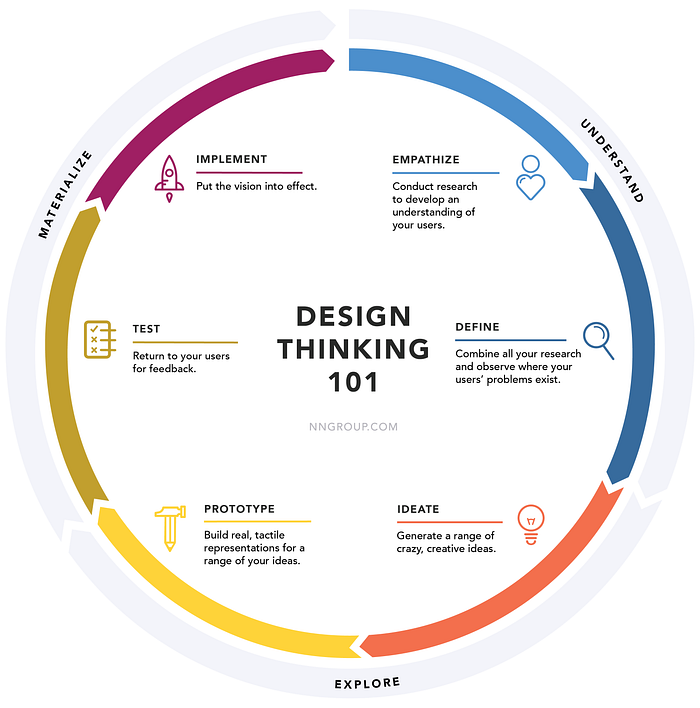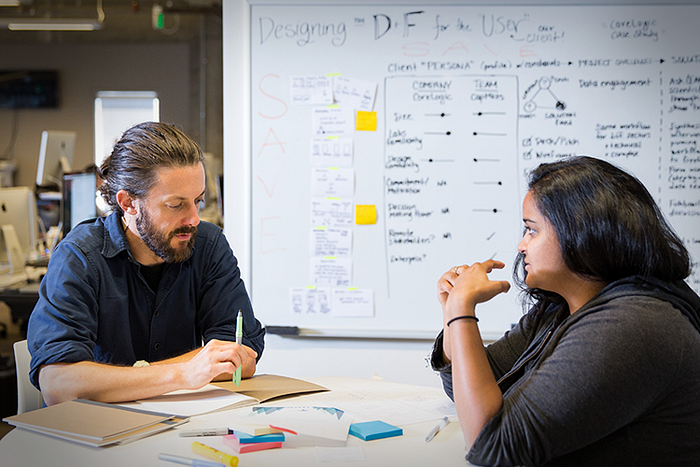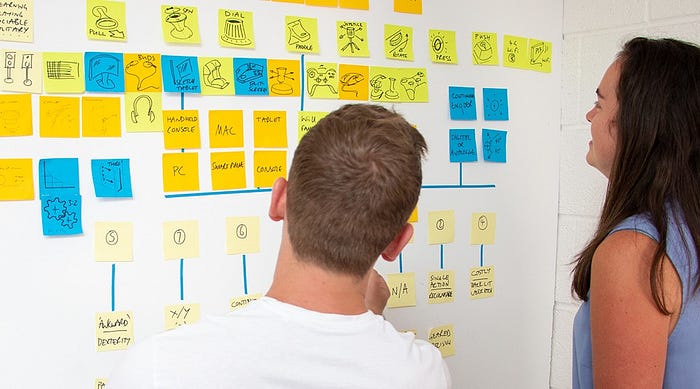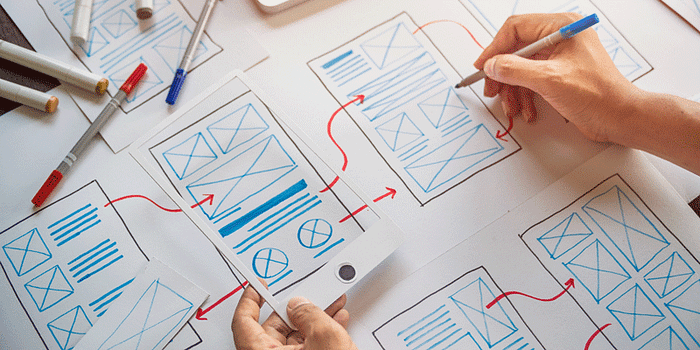“Design Thinking: The Key to Unlocking User Satisfaction in UX Design”

My motive
“I am humbly honored to welcome you to my daily learning journey blog. I look forward to sharing with you the knowledge and experiences I have gained on my journey. While my perspective may not resonate with everyone, I believe that by keeping an open mind and considering my experiences, it may offer some valuable insights that can have a lasting impact on your personal and professional growth. I hope that by following along with my journey, it may inspire you to take steps towards your own growth and self-discovery. I kindly invite you to join me on this journey with an open and empathetic mindset, and let’s see where it leads us.”
“Before reading this article, keep in mind that UX is not an inflexible set of rules.”
Design thinking is a method of problem-solving that puts the user at the center of the process. It’s a way of understanding the needs and wants of the people you’re designing for, and using that understanding to create solutions that are both practical and desirable.
In the field of User Experience (UX) design, design thinking has become an increasingly popular approach to creating effective and desirable solutions. At XYZ Company, we recently implemented design thinking into our UX design process and the results have been astounding.
Our team was working on a project for a client in the e-commerce industry. The client wanted to improve their mobile app’s user experience, as they were facing a high bounce rate and low conversion rate.
The first step of our design thinking process was Empathize. We spent time with the client’s customers, observing and interacting with them. Through this process, we gained insight into their pain points and goals. We found out that customers were struggling to find the products they were looking for, and that the checkout process was too complicated.

With this understanding, we moved on to the Define step. We defined the problem as a lack of product discoverability and a confusing checkout process.
Next, we moved on to the Ideate step where we brainstormed a variety of ideas to solve the problem. We came up with several solutions, such as implementing a search bar with autocomplete functionality, and simplifying the checkout process.

The Prototype step was next, we created a rough sketch of the redesign, and then we moved on to the final stage, Test. We got feedback on the prototype from a group of customers. The feedback was overwhelmingly positive, and we made some adjustments to the design based on their suggestions.

Finally, we implemented the new design and saw an improvement in both bounce rate and conversion rate. The redesign had a positive impact on our client’s business, and it was all thanks to design thinking. By putting the customer at the center of the process, we were able to understand their needs and create a solution that truly met them.
Design thinking is a powerful approach to UX design. It encourages designers to think critically, to be creative and experimental, and to be open to change. By using design thinking in your UX design process, you can create products and services that are more effective, efficient, and desirable for your users.
Additionally, it’s worth mentioning that design thinking is not limited to the UX design process only, it could be applied to any problem-solving process that requires a human-centered approach. Furthermore, design thinking is not a one-time process, it’s an iterative process that could be repeated as many times as needed to achieve the desired outcome.
In conclusion, Design thinking is a powerful tool that allows us to understand the needs and wants of the people we’re designing for, and to create solutions that are tailored to meet those needs. It encourages creativity, experimentation, and iteration, and it can lead to better, more effective, and more desirable solutions. At XYZ Company, we’ve seen firsthand the positive impact that design thinking can have on the success of a project, and we highly recommend it to anyone looking to improve their problem-solving process.
“Thank you for investing your time in reading my article on Design Thinking and sharing your insights with me. I hope the information shared in the article was informative and helped you gain a better understanding of the subject. I look forward to further discussions on this topic in the future.”

